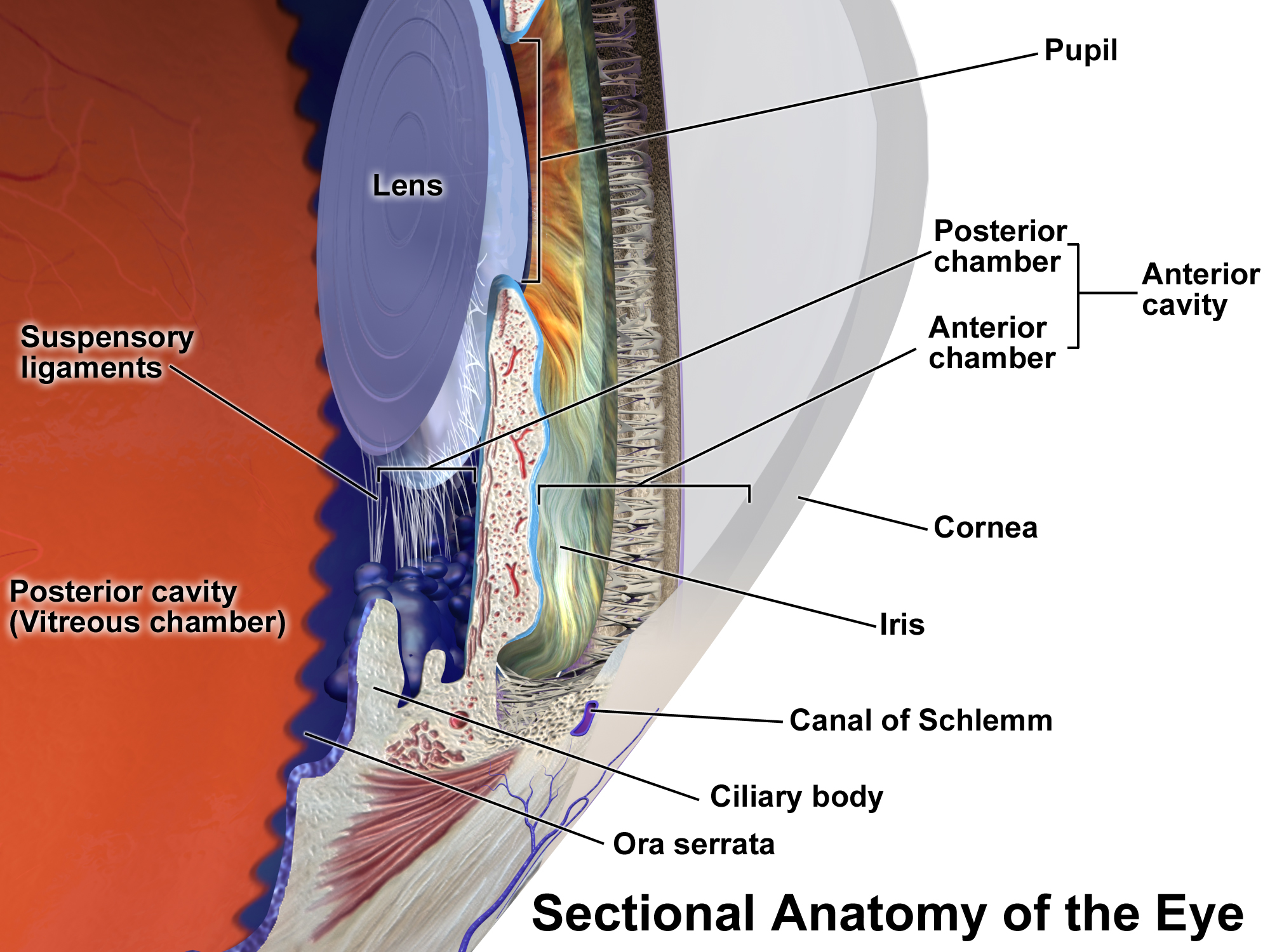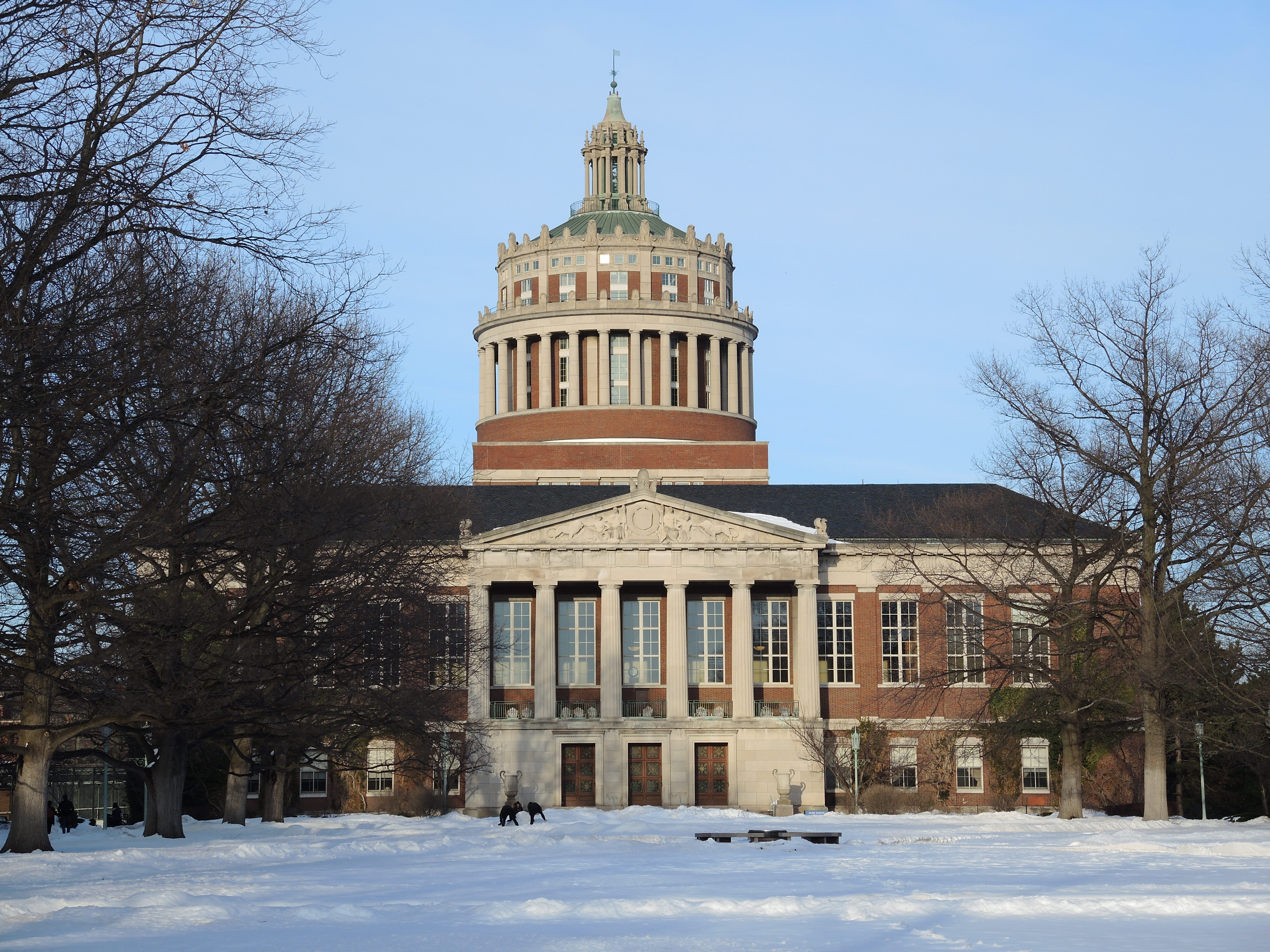|
V. S. Sangwan
Virender Singh Sangwan (born 22 August 1964) is an Indian ophthalmologist and the ''Dr. Paul Dubord Chair'' professor and director of the L. V. Prasad Eye Institute, Hyderabad. Known for his research on limbal stem cells, Sangwan is the founder secretary and an adviser of the Uveitis Society of India. The Council of Scientific and Industrial Research, the apex agency of the Government of India for scientific research, awarded him the Shanti Swarup Bhatnagar Prize for Science and Technology, one of the highest Indian science awards for his contributions to Medical Sciences in 2006. Biography Born in the north Indian state of Haryana, Virender S. Sangwan graduated in medicine from Maharshi Dayanand University in 1986 and completed his MS in ophthalmology in 1991. Subsequently, he did a fellowship at L. V. Prasad Eye Institute (LVPEI) on cornea and anterior segment surgery and during his stay there, Gullapalli Nageswara Rao, the founder of the institute, advised him abo ... [...More Info...] [...Related Items...] OR: [Wikipedia] [Google] [Baidu] |
Haryana
Haryana (; ) is an Indian state located in the northern part of the country. It was carved out of the former state of East Punjab on 1 Nov 1966 on a linguistic basis. It is ranked 21st in terms of area, with less than 1.4% () of India's land area. The state capital is Chandigarh, which it shares with the neighboring state of Punjab, and the most populous city is Faridabad, which is a part of the National Capital Region (India), National Capital Region. The city of Gurugram is among India's largest financial and technology hubs. Haryana has 6 Divisions of Haryana, administrative divisions, 22 List of districts of Haryana, districts, 72 sub-divisions, 93 tehsil, revenue tehsils, 50 sub-tehsils, 140 Community development block in India, community development blocks, 154 List of cities in Haryana by population, cities and towns, 7,356 villages, and 6,222 Gram panchayat, villages panchayats. Haryana contains 32 special economic zones (SEZs), mainly located within the industrial corri ... [...More Info...] [...Related Items...] OR: [Wikipedia] [Google] [Baidu] |
Gullapalli Nageswara Rao
Gullapalli Nageswara Rao is an Indian ophthalmologist, the chairman of the Academia Ophthalmologica Internationalis (AOI) and the founder of the L. V. Prasad Eye Institute, Hyderabad. A former associate professor at the School of Medicine and Dentistry of the University of Rochester, Rao is a Fellow of the National Academy of Medical Sciences, India. He was honored by the Government of India, in 2002, with the fourth highest Indian civilian award of Padma Shri. He was elected in 2017 to the Ophthalmology Hall of Fame instituted by the American Society of Cataract and Refractive Surgery. Personal life At the age of three he was sent to his maternal uncle living in Edupagallu village near to Vijayawada. He studied there until his class 8 at a Telugu school. Following his father, who lived in Chennai near famous ophthalmologist Govindappa Venkataswamy (the founder of Aravind Eye Hospital) Rao decided to become an Ophthalmologist. Education and career After completing his ... [...More Info...] [...Related Items...] OR: [Wikipedia] [Google] [Baidu] |
University Of Pittsburgh Medical Center
The University of Pittsburgh Medical Center (UPMC) is a $23billion integrated global nonprofit health enterprise that has 92,000 employees, 40 hospitals with more than 8,000 licensed beds, 800 clinical locations including outpatient sites and doctors' offices, a 3.8million-member health insurance division, as well as commercial and international ventures.Updated with Sept 1 merger with Pinnacle Health UPMC, http://www.pinnaclehealth.org/our-health-system/news-and-announcements/article/pinnaclehealth-joins-upmc-to-expand-health-care-services-advance-quality-care It is closely affiliated with its academic partner, the University of Pittsburgh. It is considered a leading American health care provider, as its flagship facilities have ranked in '' U.S. News & World Report'' "Honor Roll" of the approximately 15 to 20 best hospitals in America for over 15 years. As of 2016, its flagship hospital UPMC Presbyterian is ranked 12th nationally among the best hospitals (and first in Pennsylva ... [...More Info...] [...Related Items...] OR: [Wikipedia] [Google] [Baidu] |
Uveitis
Uveitis () is inflammation of the uvea, the pigmented layer of the eye between the inner retina and the outer fibrous layer composed of the sclera and cornea. The uvea consists of the middle layer of pigmented vascular structures of the eye and includes the iris, ciliary body, and choroid. Uveitis is described anatomically, by the part of the eye affected, as anterior, intermediate or posterior, or panuveitic if all parts are involved. Anterior uveitis ( iridocyclytis) is the most common, with the incidence of uveitis overall affecting approximately 1:4500, most commonly those between the ages of 20-60. Symptoms include eye pain, eye redness, floaters and blurred vision, and ophthalmic examination may show dilated ciliary blood vessels and the presence of cells in the anterior chamber. Uveitis may arise spontaneously, have a genetic component, or be associated with an autoimmune disease or infection. While the eye is a relatively protected environment, its immune mechanisms ... [...More Info...] [...Related Items...] OR: [Wikipedia] [Google] [Baidu] |
ResearchGate
ResearchGate is a European commercial social networking site for scientists and researchers to share papers, ask and answer questions, and find collaborators. According to a 2014 study by ''Nature'' and a 2016 article in ''Times Higher Education'', it is the largest academic social network in terms of active users, although other services have more registered users, and a 2015–2016 survey suggests that almost as many academics have Google Scholar profiles. While reading articles does not require registration, people who wish to become site members need to have an email address at a recognized institution or to be manually confirmed as a published researcher in order to sign up for an account. Members of the site each have a user profile and can upload research output including papers, data, chapters, negative results, patents, research proposals, methods, presentations, and software source code. Users may also follow the activities of other users and engage in discussions with th ... [...More Info...] [...Related Items...] OR: [Wikipedia] [Google] [Baidu] |
Google Scholar
Google Scholar is a freely accessible web search engine that indexes the full text or metadata of scholarly literature across an array of publishing formats and disciplines. Released in beta in November 2004, the Google Scholar index includes peer-reviewed online academic journals and books, conference papers, theses and dissertations, preprints, abstracts, technical reports, and other scholarly literature, including court opinions and patents. Google Scholar uses a web crawler, or web robot, to identify files for inclusion in the search results. For content to be indexed in Google Scholar, it must meet certain specified criteria. An earlier statistical estimate published in PLOS One using a mark and recapture method estimated approximately 80–90% coverage of all articles published in English with an estimate of 100 million.''Trend Watch'' (2014) Nature 509(7501), 405 – discussing Madian Khabsa and C Lee Giles (2014''The Number of Scholarly Documents on the Public Web'' ... [...More Info...] [...Related Items...] OR: [Wikipedia] [Google] [Baidu] |
Conjunctival
The conjunctiva is a thin mucous membrane that lines the inside of the eyelids and covers the sclera (the white of the eye). It is composed of non-keratinized, stratified squamous epithelium with goblet cells, stratified columnar epithelium and stratified cuboidal epithelium (depending on the zone). The conjunctiva is highly vascularised, with many microvessels easily accessible for imaging studies. Structure The conjunctiva is typically divided into three parts: Blood supply Blood to the bulbar conjunctiva is primarily derived from the ophthalmic artery. The blood supply to the palpebral conjunctiva (the eyelid) is derived from the external carotid artery. However, the circulations of the bulbar conjunctiva and palpebral conjunctiva are linked, so both bulbar conjunctival and palpebral conjunctival vessels are supplied by both the ophthalmic artery and the external carotid artery, to varying extents. Nerve supply Sensory innervation of the conjunctiva is divided into four ... [...More Info...] [...Related Items...] OR: [Wikipedia] [Google] [Baidu] |
Amniotic Sac
The amniotic sac, also called the bag of waters or the membranes, is the sac in which the embryo and later fetus develops in amniotes. It is a thin but tough transparent pair of membranes that hold a developing embryo (and later fetus) until shortly before birth. The inner of these membranes, the amnion, encloses the amniotic cavity, containing the amniotic fluid and the embryo. The outer membrane, the chorion, contains the amnion and is part of the placenta. On the outer side, the amniotic sac is connected to the yolk sac, the allantois, and via the umbilical cord, the placenta. The yolk sac, amnion, chorion, and allantois are the four extraembryonic membranes that lie outside of the embryo and are involved in providing nutrients and protection to the developing embryo. They form from the inner cell mass; the first to form is the yolk sac followed by the amnion which grows over the developing embryo. The amnion remains an important extraembryonic membrane throughout prenatal dev ... [...More Info...] [...Related Items...] OR: [Wikipedia] [Google] [Baidu] |
Stem Cell Therapy
Stem-cell therapy is the use of stem cells to treat or prevent a disease or condition. , the only established therapy using stem cells is hematopoietic stem cell transplantation. This usually takes the form of a bone-marrow transplantation, but the cells can also be derived from umbilical cord blood. Research is underway to develop various sources for stem cells as well as to apply stem-cell treatments for neurodegenerative diseases and conditions such as diabetes and heart disease. Stem-cell therapy has become controversial following developments such as the ability of scientists to isolate and culture embryonic stem cells, to create stem cells using somatic cell nuclear transfer and their use of techniques to create induced pluripotent stem cells. This controversy is often related to abortion politics and to human cloning. Additionally, efforts to market treatments based on transplant of stored umbilical cord blood have been controversial. Medical uses For over 30 year ... [...More Info...] [...Related Items...] OR: [Wikipedia] [Google] [Baidu] |
Epithelium
Epithelium or epithelial tissue is one of the four basic types of animal tissue, along with connective tissue, muscle tissue and nervous tissue. It is a thin, continuous, protective layer of compactly packed cells with a little intercellular matrix. Epithelial tissues line the outer surfaces of organs and blood vessels throughout the body, as well as the inner surfaces of cavities in many internal organs. An example is the epidermis, the outermost layer of the skin. There are three principal shapes of epithelial cell: squamous (scaly), columnar, and cuboidal. These can be arranged in a singular layer of cells as simple epithelium, either squamous, columnar, or cuboidal, or in layers of two or more cells deep as stratified (layered), or ''compound'', either squamous, columnar or cuboidal. In some tissues, a layer of columnar cells may appear to be stratified due to the placement of the nuclei. This sort of tissue is called pseudostratified. All glands are made up of epithe ... [...More Info...] [...Related Items...] OR: [Wikipedia] [Google] [Baidu] |
University Of Rochester
The University of Rochester (U of R, UR, or U of Rochester) is a private research university in Rochester, New York. The university grants undergraduate and graduate degrees, including doctoral and professional degrees. The University of Rochester enrolls approximately 6,800 undergraduates and 5,000 graduate students. Its 158 buildings house over 200 academic majors. According to the National Science Foundation, Rochester spent more than $397 million on research and development in 2020, ranking it 66th in the nation. With approximately 28,000 full-time employees, the university is the largest private employer in Upstate New York and the 7th largest in all of New York State. The College of Arts, Sciences, and Engineering is home to departments and divisions of note. The Institute of Optics was founded in 1929 through a grant from Eastman Kodak and Bausch and Lomb as the first educational program in the US devoted exclusively to optics, awards approximately half ... [...More Info...] [...Related Items...] OR: [Wikipedia] [Google] [Baidu] |





